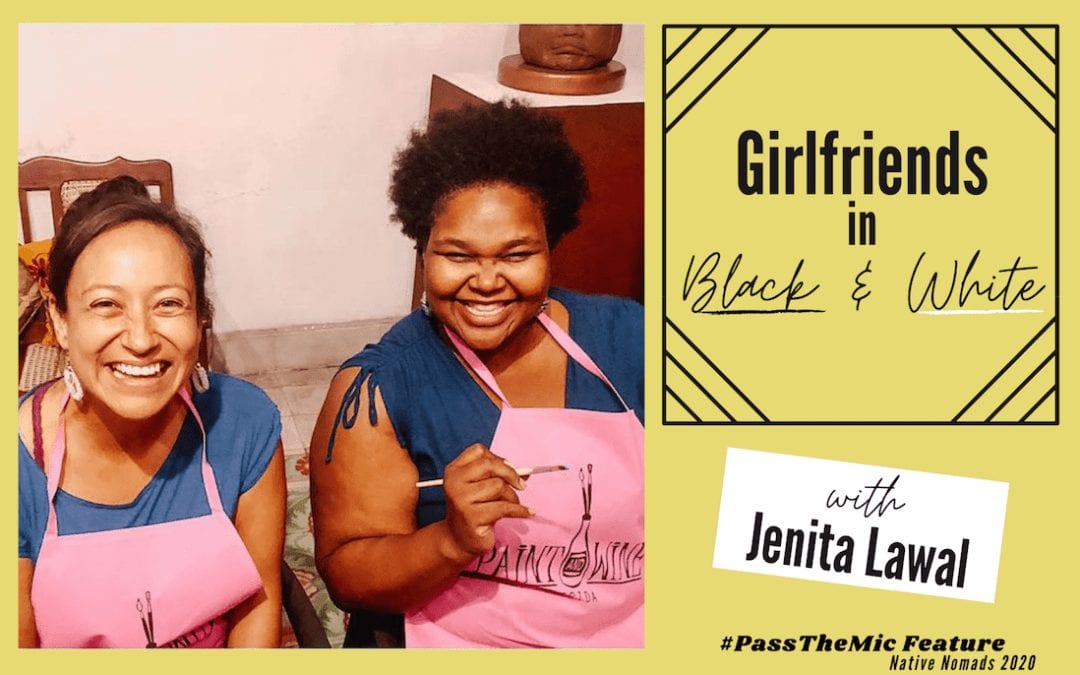Girlfriends in Black & White
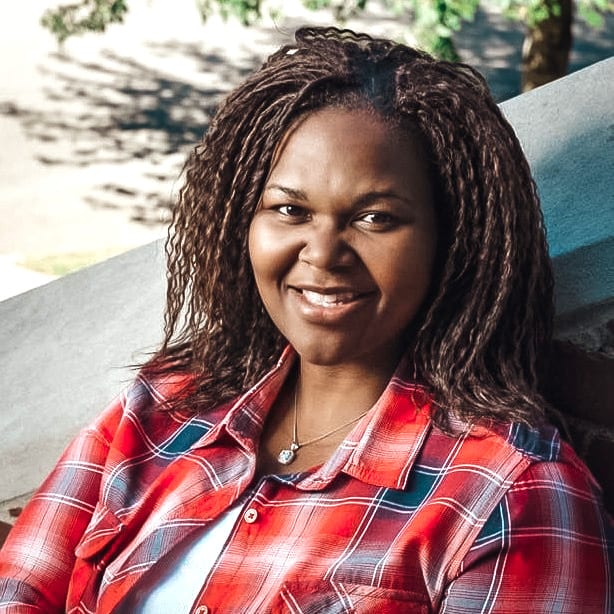
“That’s White People Stuff”
This new world I was in was not defined by black and white. The dark truth that I never used to admit was that I felt more comfortable around a group of white people than I did in a group of black people. Part of that was because of how I spoke, the things that interested me, and the things I wanted to do. At that time, the options for black people seemed very limited. Black people would tell me, “That’s white people stuff.” It pissed me off and made me feel limited.
The Mound
The Mound was where the black girls gathered on the playground to cheer-battle. We didn’t do flips or jazz hands like in the movies. No. We popped our hips, snapped our fingers, and rolled our necks. “My back is aching, my bra too tight. My booty shaking from left to right…” Straight sass, no chaser.
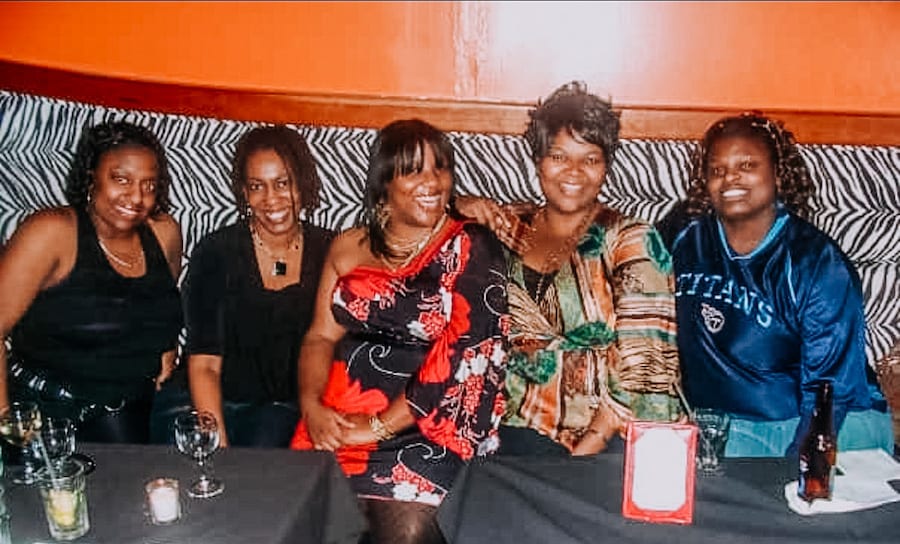
My Hair
Like when they put shaving cream in my hair at a sleepover. If anyone else had been the first to fall asleep, they would have done the same thing. So, they couldn’t understand why I got so pissed off and walked home in the middle of the night. They didn’t know that getting my hair to “snap back” would take a good day or two.
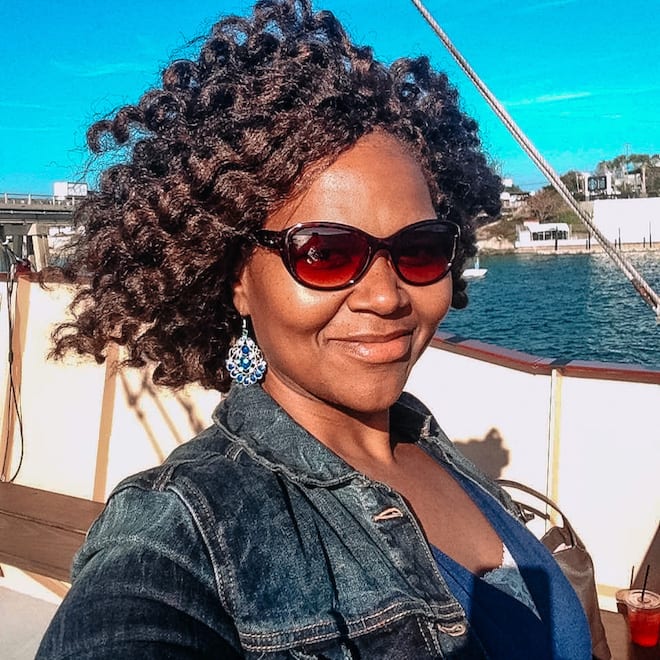
High School in Savannah, Georgia
It wasn’t until my sophomore year in high school that I connected with other black girls again. Fate dropped me in the deep south in a historically and predominantly black high school, Alfred E. Beach High School in Savannah, GA. It was also my first time having mostly black teachers. Prior to attending Beach High School, I had only had three black teachers–first grade, third grade, and eighth grade.
My Sister-Friends
During my sophomore year, I began a friendship with a group of friends who would become my lifelong sister-friends. These girls taught me how to be confident in my skin. They taught me how to make magic with my hair–like using a microwave to curl weave for a ponytail (aka rodded ponytail). With them, I was able to use both “$10 words” and slang without judgement. I learned to relax my speech and talk a little less proper–and not see it as a bad thing. With them, I could be a full spectrum of nerdy to ratchet with full acceptance.
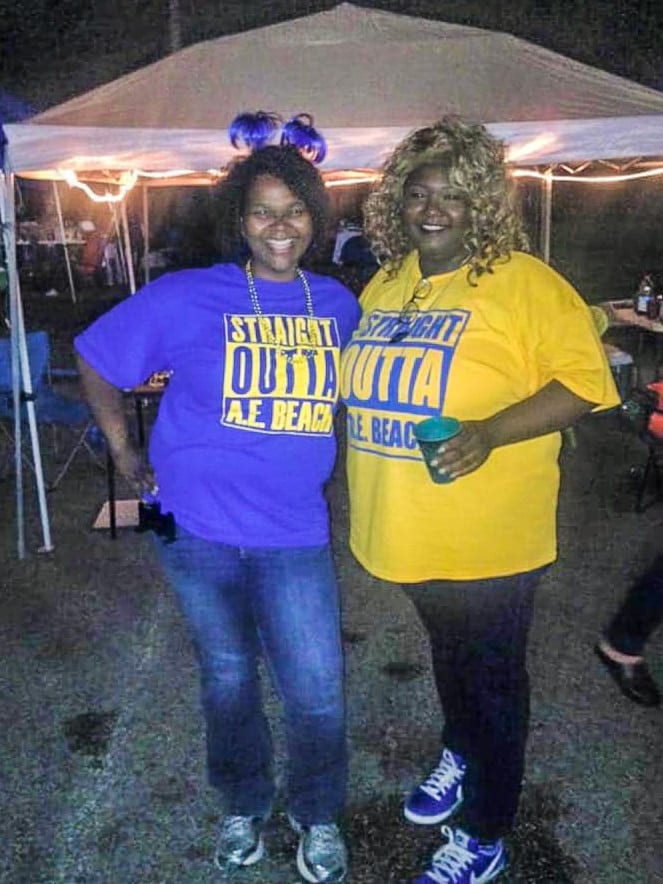
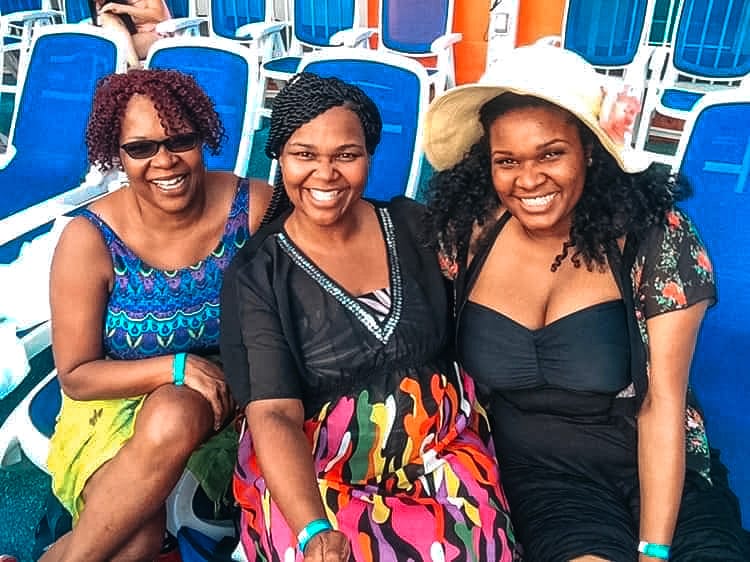
Broken Heart,Walls Built
One relationship was forever cracked during the kneeling controversy. A white girl friend who I called sister, basically said she couldn’t support the protest because her step-father was a police officer. I tried to explain to her that support of either didn’t have to exclude support of the other. Her stance also made me question where that left me. If she could not stand against police brutality because of her step father, did that mean if my son was a victim she’d stand against him in support of the police?
Hearing her heart broke mine. And it added to the wall.
Understanding Found Elsewhere
But my black girlfriends understood my tears over Tamir Rice and Trayvon Martin. They understood my support and indictment of law enforcement. They understood my fear upon hearing about Sandra Bland and thinking about my own “attitude.” They understood my alarm watching a police officer body slam a bikini-clad black teenage girl.
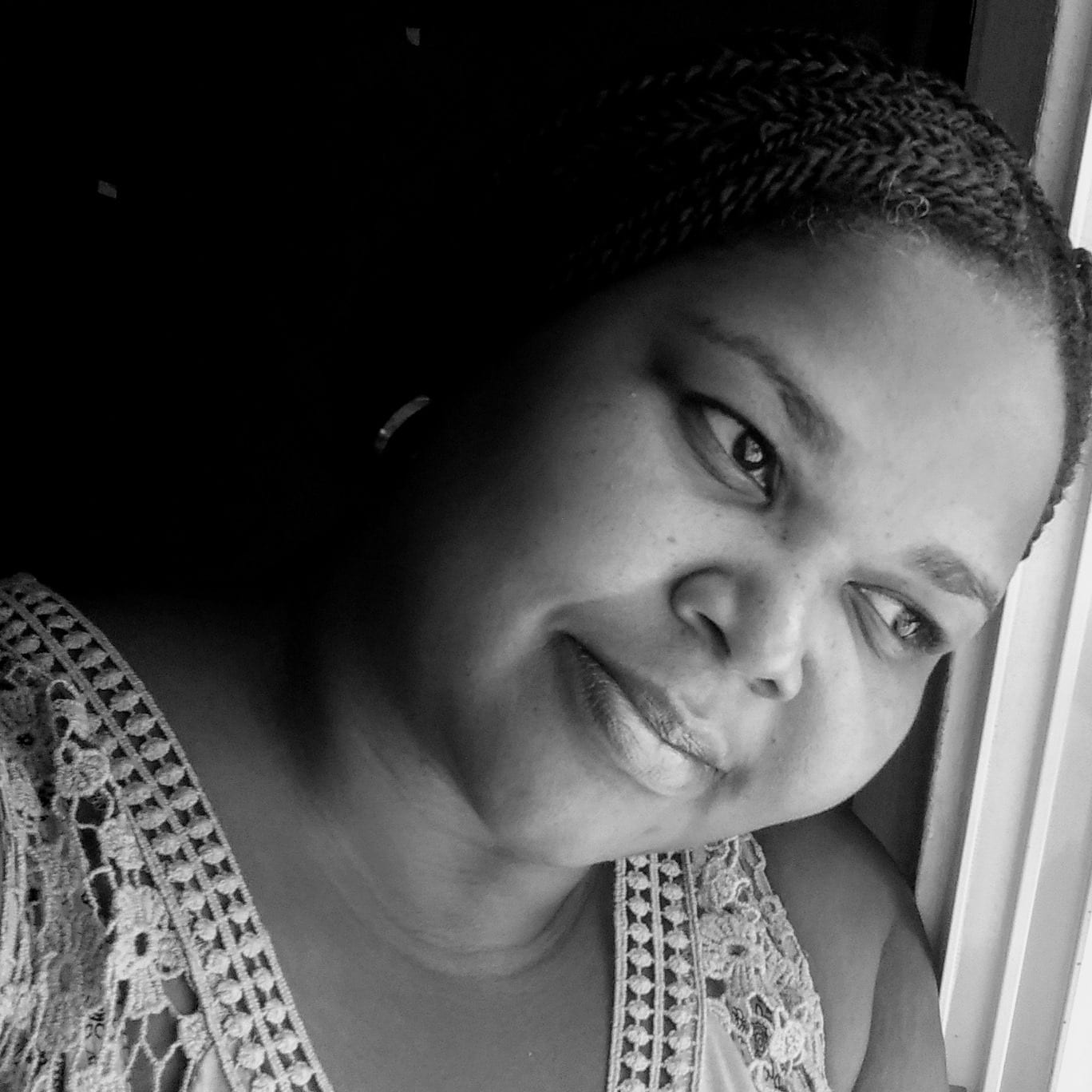
White Women, Corporate America
There was a time in my life when I would have agreed that racism no longer existed. That rose colored view was shattered when I entered corporate America and saw the nuances of white womanhood. Everyone knows about the boys network, but any person of color would be misguided and delusional if they believe that white women are their ally. What I have observed is that the people who benefit most from diversity initiatives are white women.
The Good, The Bad, And The Indifferent
Frances Harper, a poet and activist in the late 1800s, in her speech We Are All Bound Up said: “I do not believe that white women are dew-drops just exhaled from the skies. I think that like men they may be divided into three classes, the good, the bad, and the indifferent. The good would vote according to their convictions and principles; the bad, as dictated by preju[d]ice or malice; and the indifferent will vote on the strongest side of the question, with the winning party…I tell you that if there is any class of people who need to be lifted out of their airy nothings and selfishness, it is the white women of America.”
We Are Our Best Advocates
While I do hope that my trust in white women will be restored, I am grateful for moments in my youth like The Mound and Beach High School that taught me the beauty, depth, and necessity of my relationship to other black women.
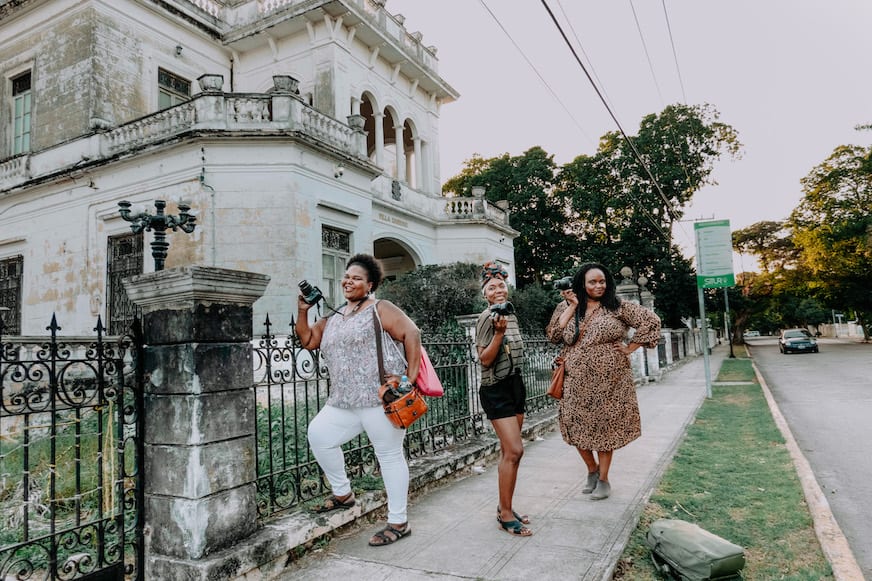
More about Jenita Lawal
When she isn’t traveling around the world with her three sons, you can catch Jenita writing, coaching and planning incredible luxury trips around the world for her clients as a travel guide and company owner. Read more about Jenita and her many incredible endeavors at her website here.
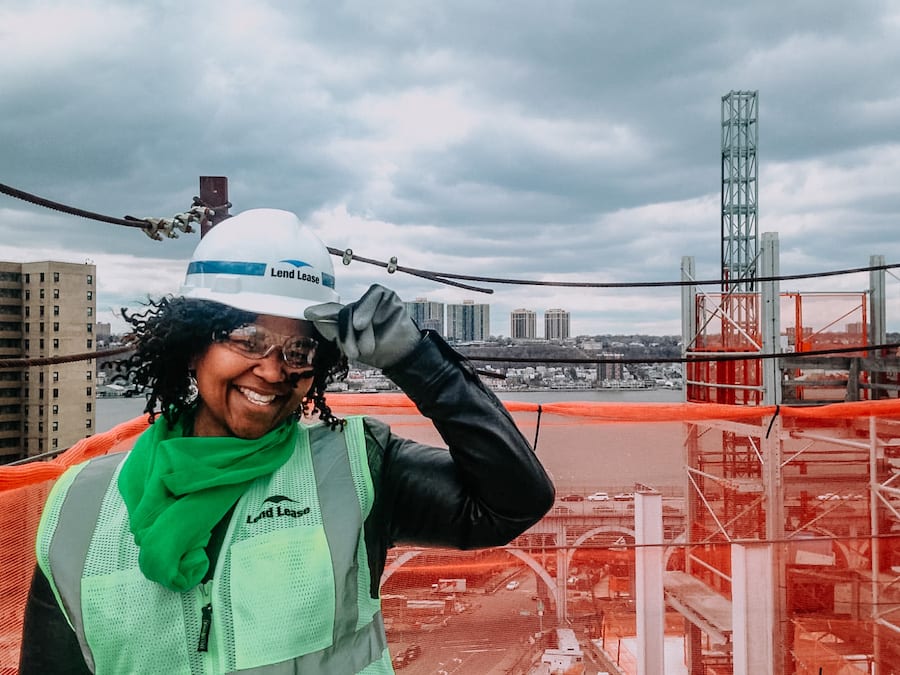

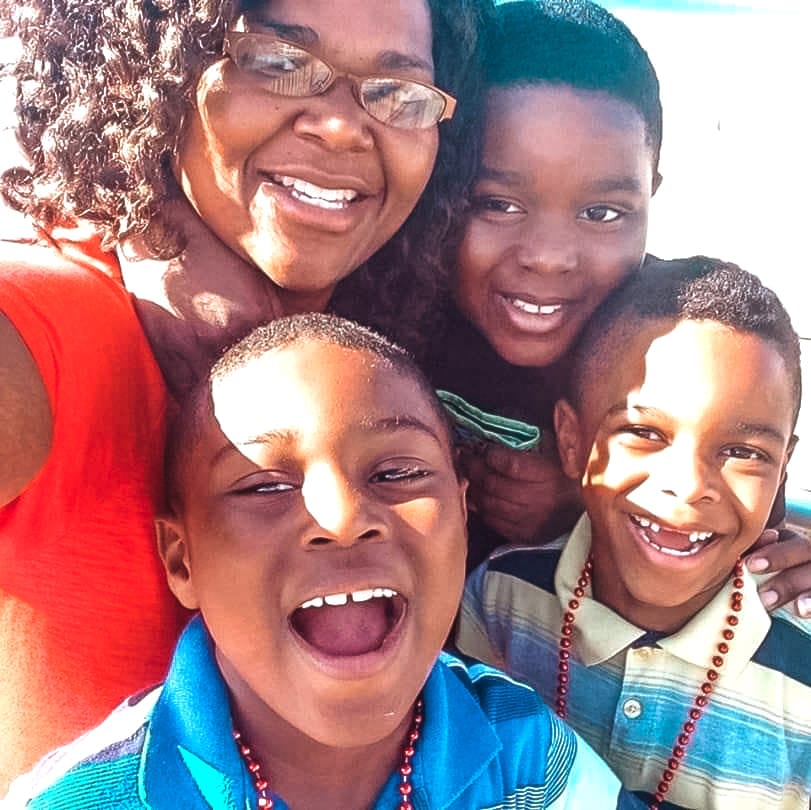
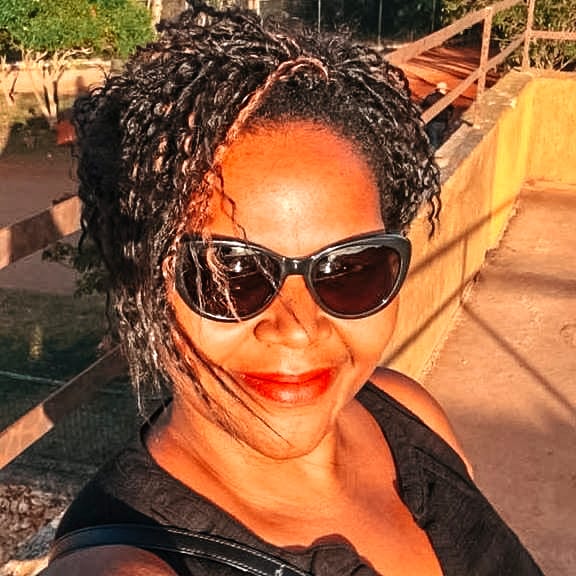
Also, please feel free to follow along with her journey on Facebook here and Instagram here.

